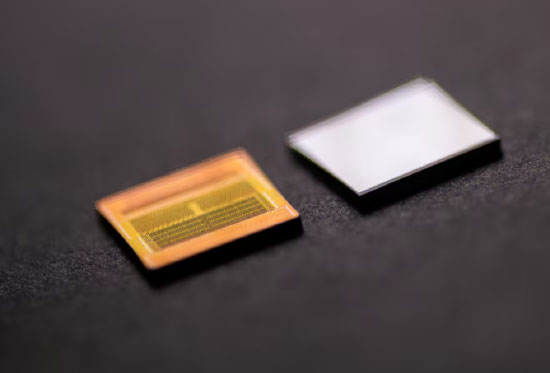A senior executive at South Korea's SK Hynix said the company forecasts 30% annual growth in the AI memory chip market by 2030.

This optimistic outlook for the global growth of high-bandwidth memory (HBM) for AI mitigates concerns about price pressures in the industry, which for decades has been viewed similarly to commodities like oil and coal.
"End-user demand for AI is very stable and strong," said Choi Joon-yong, head of HBM business planning at SK Hynix.
Choi Joon-yong said that cloud computing companies such as Amazon, Microsoft, and Google's parent company, Alphabet, have planned to invest billions of dollars in AI, and that this figure is likely to increase in the future, which is a "positive sign" for the HBM market.
He said the relationship between the expansion of the AI sector and HBM procurement is "very direct," with a correlation between the two. SK Hynix's forecast is conservative, factoring in factors like energy supply constraints.
However, the memory industry is also undergoing a major strategic shift during this period. HBM, a dynamic random access memory (DRAM) standard first introduced in 2013, saves space and reduces power consumption by vertically stacking chips, making it easier to process the massive amounts of data generated by complex artificial intelligence applications.
Choi Joon-yong said SK Hynix expects the market for customized HBM to reach tens of billions of dollars by 2030.
Due to technological changes in the manufacturing process for the next-generation HBM4, SK Hynix and its competitors, such as Micron and Samsung, have incorporated customer-specific logic chips (or "substrate chips") into their products to manage memory.
This means that it is no longer possible to easily replace a competitor's memory product with a nearly identical chip or product.
Choi Joon-yong said that SK Hynix's optimism about future growth in the HBM market is partly due to the fact that customers may want deeper customization than the company currently offers.
Currently, customized services are primarily available to large customers like Nvidia, while smaller customers are subject to the traditional "one-size-fits-all" approach.
"Each customer's needs are different," said Choi Joon-yong, with some demanding specific performance or power consumption characteristics.
SK Hynix is currently Nvidia's primary HBM supplier, with Samsung and Micron also supplying smaller quantities. Last week, Samsung warned in its earnings call that supply of the current-generation HBM3E could outstrip demand growth in the short term, a development that could put pressure on prices.
"We are confident that we can provide our customers with suitable, competitive products," said Choi Joon-yong.
